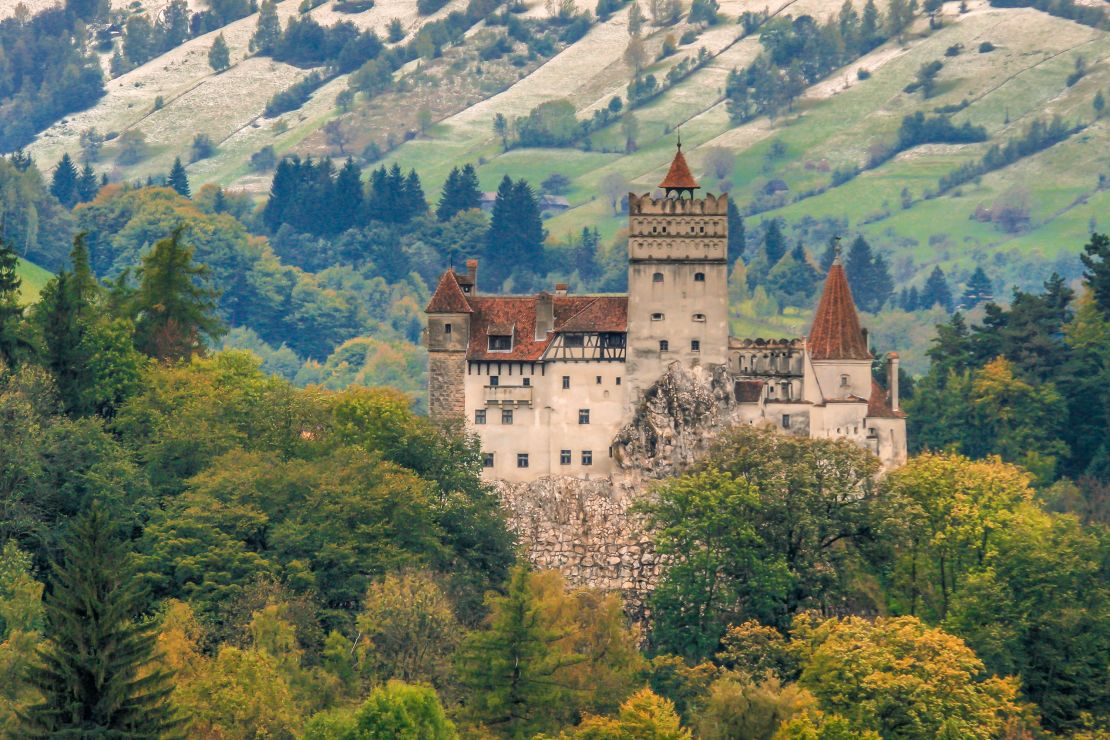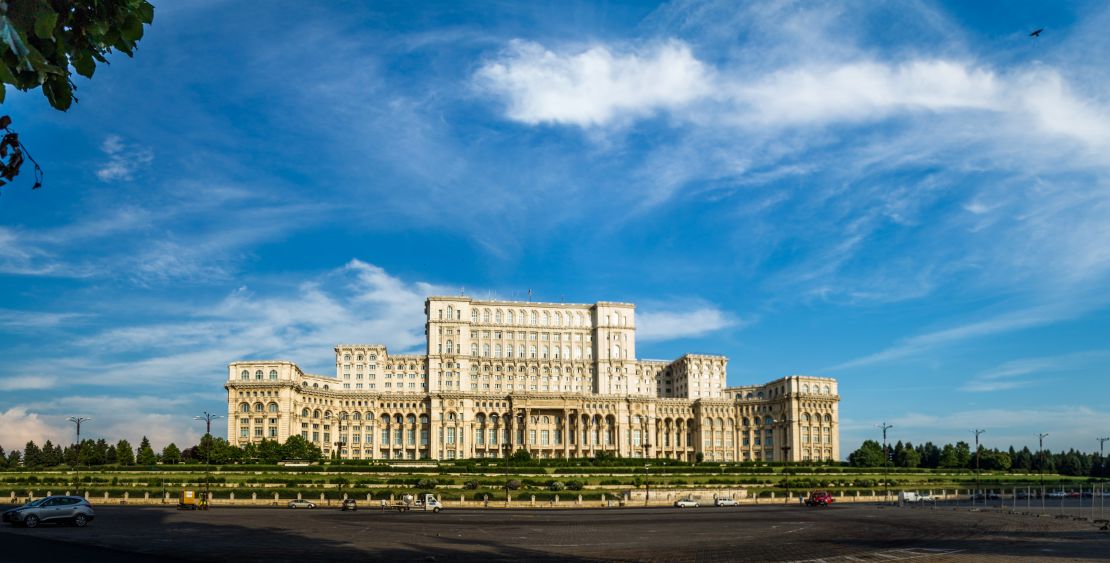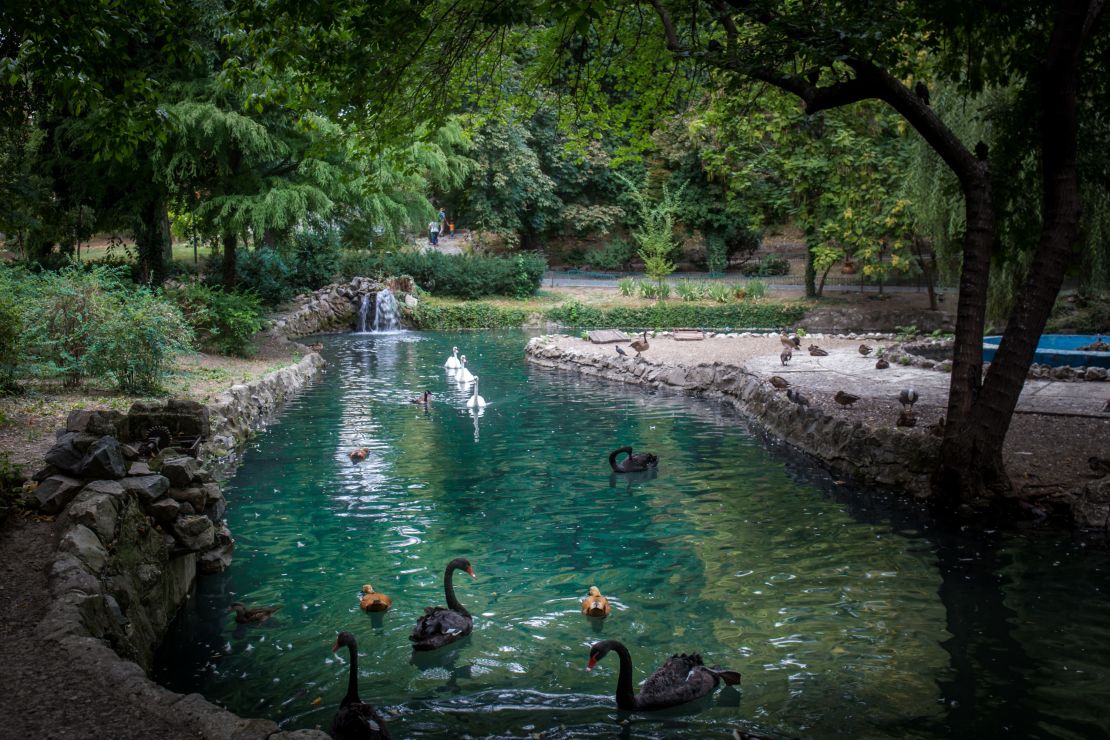The days of being known as the “Little Paris of the East” may be long gone, but that doesn’t mean Bucharest’s glory days are gone, too.
The Romanian capital continues to redefine itself, merging its storied history with a modern identity.
At first glance, the architecture is dizzying, but it’s a fascinating mix.
Between the dreary Communist-era apartment blocks are Byzantine buildings, centuries’ old churches and Art Nouveau mansions that stand out as the survivors of earthquakes, war and communism.
Look more closely at one of the most promising capitals in the European Union and further charms will be revealed.
There are pristine city parks, excellent museums and gritty yet charming lanes that weave through the Old Town.
Here are more reasons to visit Bucharest right now.
A rejuvenated Old Town
Bucharest is where traders met and travelers have mingled since the 15th century. It survived former dictator Nicolae Ceausescu’s razing of one fifth of the city to build his vision of a new Socialist capital.
After a period reduced to a slum, the Old Town’s buildings are being slowly restored. The traffic-free cobbled lanes have been transformed into one of the liveliest nightlife zones in Europe.
Bookshops, theaters, restaurants and cafes add more charm.
MORE: Palace of the damned dictator
The princely past of Count Dracula
Once the palatial residence of Wallachian princes, including Vlad Tepes, otherwise known as Vlad the Impaler who inspired Bram Stoker’s tale of Dracula, the Old Princely Court has always had royal connections.
It was the place for succeeding Romanian princes to be crowned. The Old Court Museum exhibits pottery and artifacts that were found among its ruins.
The Two Castles in One Day tour by TravelMaker Romania ventures into the Romanian countryside to explore “Dracula’s Castle” (Bran Castle) and the elegant Peles Castle.

The vast Palace of the Parliament
This architectural colossus wins many plaudits, including heaviest building in the world, the largest building in Europe (nearly four million square feet and one thousand rooms) and the world’s second-largest administrative building (after the Pentagon).
It also wins for categories of vastness and kitsch, a testament to the outrageous luxury Ceausescu envisioned for himself before he was overthrown in a coup d’état.
Romania’s parliament is here as well as the National Museum of Contemporary Art (Izvor St. 2-4, Bucharest; 0040213189137)

MORE: On the trail of the blood countess
Concerts at the Romanian Athenaeum
A night at the Romanian Athenaeum (Strada Benjamin Franklin 1-3; +4021315 6875) means enjoying the Romanian George Enescu Philharmonic in one of the most stately 19th-century buildings in Bucharest.
Resembling an ancient Greek temple with a 41-meter-high dome, its interiors are an intricate weave of gold leaf, marble balconies and wide, spiral stairs.
In the concert hall itself, an intricate 70-meter-long and three-meter-high fresco depicting Romania’s history will compete with the philharmonic’s performance for your attention.
The beautiful Stavropoleos Church
Built in the 18th century by Greek monk Ioanikie Stratonikeas, the Stavropoleos Church (Strada Stavropoleos 4; +40213134747) is tiny, peaceful and beautiful.
Built in Brancoveanu style it features an intricately carved and columned entrance. Fine stone and wood carvings and a combination of Romanian and Byzantine elements can be admired in the Greek Orthodox church’s interior.

The remnants of ‘Little Paris’
Bucharest was once known as “Little Paris,” a capital that blossomed under King Carol, who imported French architects to give his city a grand feel.
Much of that work was disfigured by concrete Socialist-style architecture.
However, Calea Victoriei features some elegant belle époque buildings and monuments.
Built in French Eclecticism, the Cantacuzino Palace (Calea Victoriei 141) is one of the most extravagant buildings now housing a museum dedicated to Romanian composer George Enescu (141, Calea Victoriei, sector 1, Bucharest; +4021181450)
On walnut tree-lined Soseaua Kiseleff a replica of Paris’s Arc de Triomphe can be found. Traffic swirls around the 27-meter-high Arcul de Triumf which was finished in the early 20th century.
A peerless outdoor museum
Romania’s village houses take center stage at the unique, open-air Dimitrie Gusti National Village Museum (28-30 Kiseleff Blvd; +40 021 317 9103), which stretches through leafy Herastrau Park.
Guests can visit about 300 traditional buildings including peasant homes with steep roofs, thatched barns, heavy log cabins, churches and mills – all of which have been transported from towns across Romania.

Miles of parks
Bucharest is swathed in beautiful parks. The oldest, designed in the mid-19th century, is Cismigiu Gardens.
Or there is the 400-acre Herastrau Park which features an open-air theater, as well as public recreation areas.
Boat rentals are available on the lake every summer. Completed in 1906, Carol Park is considered the prettiest.
Find Romania’s Tomb of the Unknown Soldier here as well as a Roman-era style open-air theater called Arenele Romane.
MORE: The world’s coolest bookstores
Best bookshop in Europe?
Set inside a beautifully restored 19th-century building, Carturesti Carusel (Strada Lipscani 55; 0728 828 922) is considered one of the world’s most stunning bookshops.
Its impressively minimal design plays with light that filters through a central skylight to make the space seem like visitors are in a moving carousel.
Marissa Tejada is an author, travel journalist and founder of the Travel Greece, Travel Europe blog. She tweets @tejadamarissa.















